Austria country profile
- Published
This page is no longer being updated. It was last updated on 14 April 2023
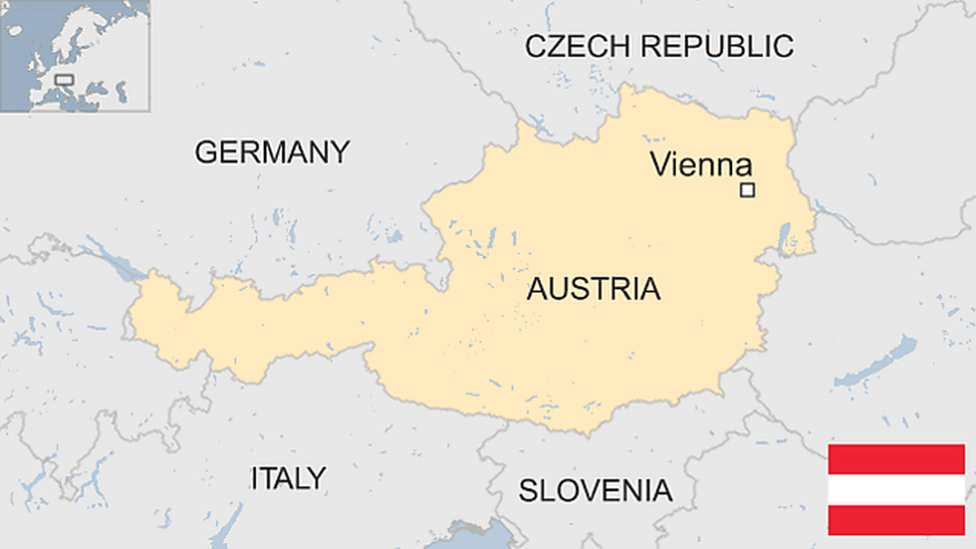
Austria was a major imperial power in Central Europe for centuries in various state guises, until the fall of its Habsburg dynasty after World War One.
But its position at the geographical heart of Europe, and its neutral status during the Cold War between Nato and the Soviet bloc, maintained the much-reduced country's strategic significance.
Austria is now a member of the European Union, though not Nato, and an enduring legacy of its decades of post-war neutrality can be seen in the large number of international organisations that call its capital Vienna their home.
These include the Organisation for Security and Cooperation in Europe, the International Atomic Energy Agency, and Opec, the Organisation of Petroleum Exporting Countries.
For much of the post-war period, so-called "grand coalition" governments of left and right wing parties have ruled Austria, although the Social Democrats led by Bruno Kreisky ruled alone in the 1970s.
More recently, the centre-right People's Party ruled in coalition with the far-right Freedom Party, but this coalition collapsed in May 2019 after a scandal involving the leader of the Freedom Party.
Read more country profiles, external - Profiles by BBC Monitoring, external
REPUBLIC OF AUSTRIA: FACTS
Capital: Vienna
Area: 83,871 sq km
Population: 9.02 million
Languages: German, plus Hungarian, Slovene, Burgenland Croatian
Life expectancy: 78 years (men) 83 years (women)
LEADERS
President: Alexander Van der Bellen
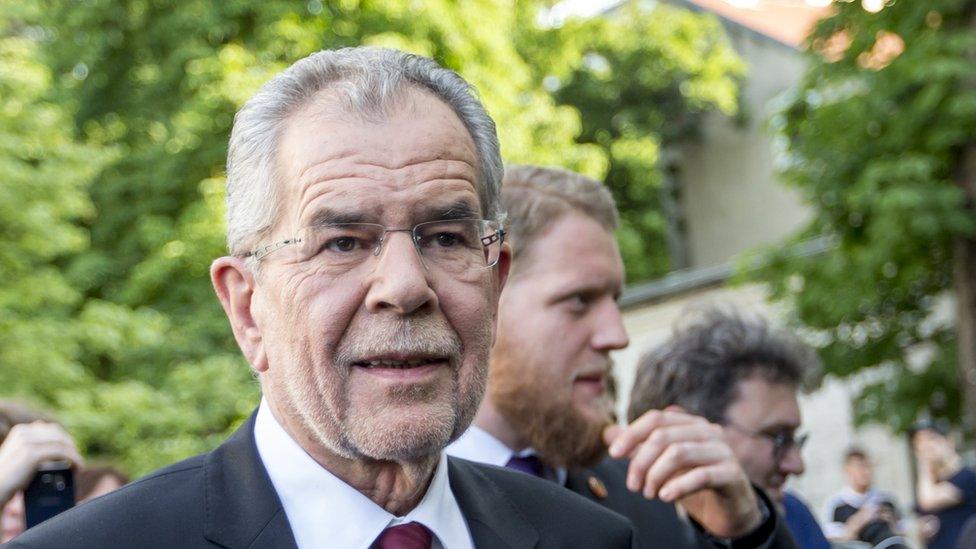
Alexander Van der Bellen's victory over far-right candidate made headlines across Europe
Alexander Van der Bellen was first elected as president in the December 2016 re-run of a highly polarised election earlier that year, defeating Norbert Hofer of the far-right Freedom Party.
Van der Bellen - a Green Party politician running as an independent - had won a extremely narrow victory in the initial run-off vote against Hofer in May, but the result was annulled because of vote-counting irregularities.
In October 2022, Van der Bellen was re-elected president, taking 57% of the vote in the first round. Freedom Party candidate Walter Rosenkranz came second with 18% of the votes, far short of what Hofer received in 2016.
Chancellor: Karl Nehammer
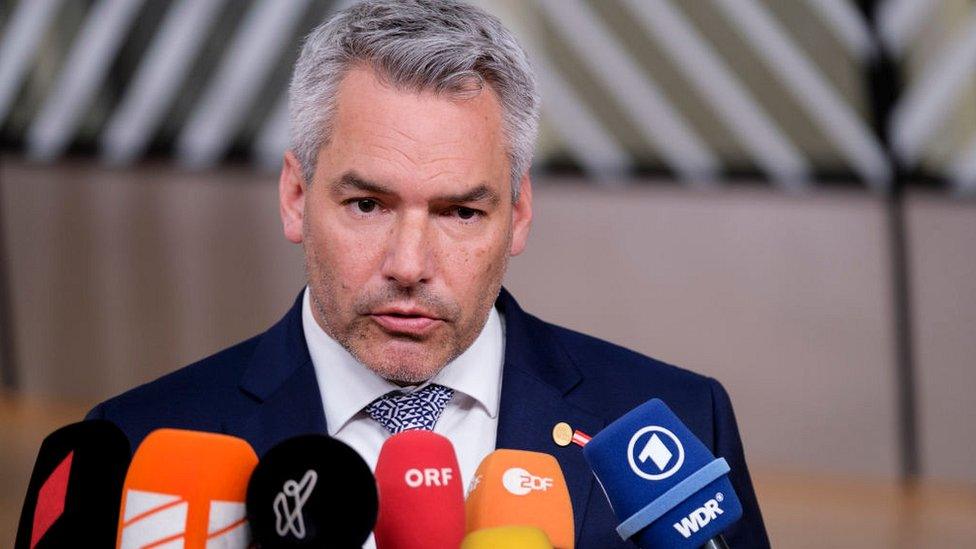
Interior Minister Nehammer took over on as chancellor and leader of the conservative People's Party in December 2021, following months of turmoil after the resignation of Chancellor Sebastian Kurz.
Mr Kurz's departure was a condition for the Green Party to remain in the governing coalition, pending a corruption investigation. Foreign Minister Alexander von Schallenberg was chancellor in the interim, but resigned to make way for Mr Nehammer when the later assumed the post of People's Party leader in December.
MEDIA
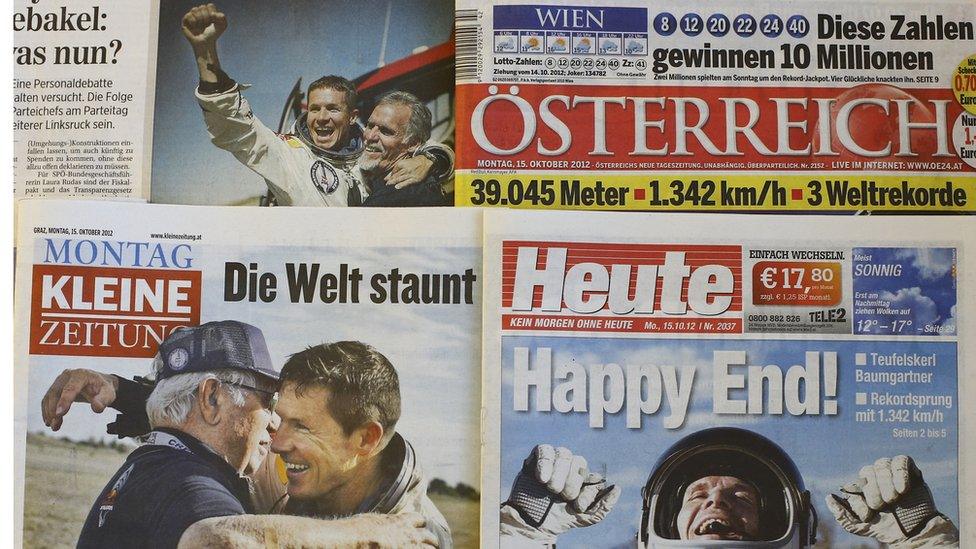
Austria's public broadcaster, Oesterreichischer Rundfunk (ORF), has long-dominated the airwaves. It faces competition from private TV and radio broadcasters.
Cable or satellite TV is available in most Austrian homes and is often used to watch German stations, some of which tailor their output for local viewers.
A daily newspaper is a must for many Austrians. National and regional titles contest fiercely for readers.
Read full media profile
TIMELINE
Some key dates in Austria's modern history:

For much of the post-war period, so-called "grand coalition" governments of left and right wing parties have ruled Austria
1278 - The Habsburg Rudolf I of Germany acquires the duchies of Austria and Styria after defeating his rival, King Ottokar II of Bohemia, at the Battle on the Marchfeld.
14th and 15th Centuries - Habsburgs acquire other provinces neighbouring the Duchy of Austria.
1526 - After the Battle of Mohács, Bohemia and the part of Hungary not occupied by the Ottomans comesunder Austrian rule.
16th and 17th Centuries - Ottoman expansion into Hungary sees frequent conflicts between the two empires.
1529 - Ottoman Sultan Suleiman the Magnificent launches the first siege of Vienna. The besieging Turkish army retreats amid the snowfalls of an early winter.
1683 - Second siege of Vienna. The city is freed after two months when the forces of the Holy Roman Empire and those of the Polish-Lithuanian Commonwealth under King John III Sobieski decisively defeat the Turkish army.
1699 - The Treaty of Karlowitz, which ends the Great Turkish War (1683-1699) results in most of Hungary coming under Austrian control.
1713 - The Pragmatic Sanction. Edict issued by Holy Roman Emperor Charles VI to ensure the Habsburg lands - the archduchy of Austria, kingdom of Hungary, kingdom of Croatia, kingdom of Bohemia, duchy of Milan, kingdom of Naples, kingdom of Sardinia and Austrian Netherlands - could be inherited undivided by his daughter, Maria Theresa.
1792-1815 - Austria engages in war with revolutionary and them Napoleonic France.
1804 - The Empire of Austria is proclaimed, replacing the Holy Roman Empire which is dissolved two years later.
1815 - Austria emerges from the Congress of Vienna as one of Europe's great powers.
1848-49 - Hungarian revolution. This is eventually defeated with the aid of Russian forces, but leads to a constitutional government being founded in Hungary, which is now in a personal union with the Austrian emperor.
1866 - Austro-Prussian War. Austria's army suffers a crushing defeat by superior Prussian forces.
1867 - The defeat leads to the Austro-Hungarian Compromise, establishing the dual monarchy of Austria-Hungary, a military and diplomatic alliance of two sovereign states.
In the latter half of the 19th Century, ruling Austria-Hungary becomes increasingly difficult in an age of emerging nationalist movements in Europe.
1908 - Following the Young Turk revolution in Turkey, Austria-Hungary annexes Bosnia and Herzegovina, nominally part of the Ottoman Empire. The move provokes strong resentment in Serbian pan-Slav circles.
1914 - The assassination of Archduke Franz Ferdinand in Sarajevo by Bosnian Serb Gavrilo Princip triggers the outbreak of World War One.
1914-18 - Over one million Austro-Hungarian soldiers die in the war, which leads to the dissolution of the Austro-Hungarian Empire and the end of Hapsburg rule.
1919 - Treaty of St Germain defines Austria's boundaries.
1920 - New constitution creates Republic of Austria.
1933 - End of the republic, Chancellor Dollfuss suspends parliament and sets up autocratic regime
1934 - Government crushes Socialist uprising, backed by the army. All political parties abolished except the Fatherland Front.
Imprisonment of Nazi conspirators leads to attempted Nazi coup. Dollfuss assassinated, succeeded by Kurt von Schuschnigg.
1936 - Austria acknowledges itself "a German state".
1938 - The Anschluss (union): Austria incorporated into Germany by Hitler. Austria now called the Ostmark (Eastern March).
1945 - Soviet troops liberate Vienna. Austria occupied and partitioned into four occupation zones by Soviet, British, US and French forces. Vienna is also divided between the four occupying powers.
1946-47 - Denazification laws passed. Reconstruction begins.
1955 - Treaty signed by Britain, France, US and Soviet Union establishes an independent but neutral Austria - a convenient buffer between the West and the Soviet bloc. The four powers withdraw their troops. Austria joins the United Nations.
1986 - Ex-UN Secretary-General Kurt Waldheim elected president, despite controversy over his role in the German army in World War Two.
1995 - Austria joins the European Union.
1999 - Far-right Freedom Party led by Joerg Haider wins 27% of vote in national elections.
2000 - International outcry as People's Party forms coalition government with Freedom Party. EU imposes diplomatic sanctions before ending it seven months later on grounds it is counter-productive.
2011 - Otto von Habsburg - the last crown prince of Austria - is buried in the Imperial Crypt in Vienna amid much of the pomp associated with the days of the empire.
2013 - Austrians vote to keep compulsory military service in a referendum.
2017 - Government agrees to ban Islamic full-face veils in courts, schools and other public spaces.
2020 - Jihadist gunmen kills four people in central Vienna.
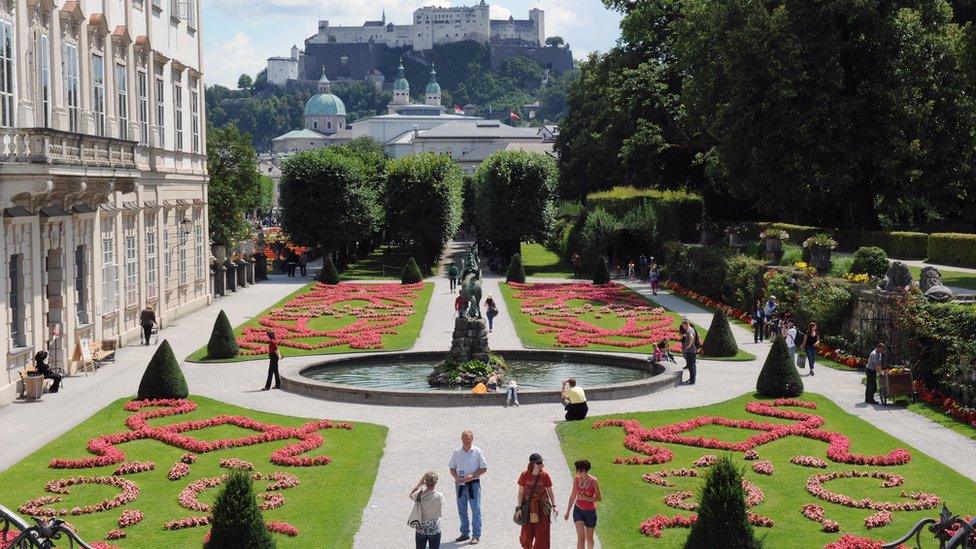
Mozart's home town of Salzburg. Austria is seen by many as the birthplace of classical music
- Published12 July 2023
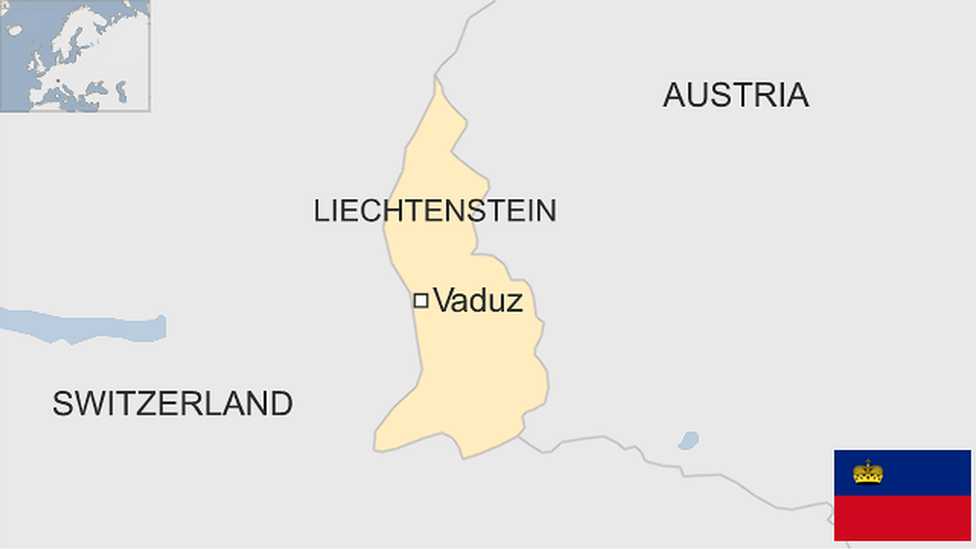
- Published19 June 2023
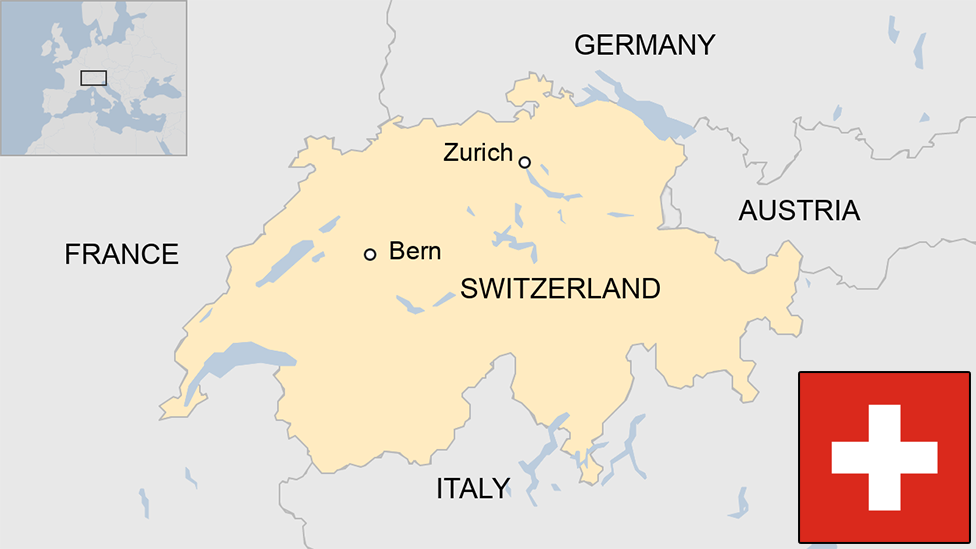
- Published4 September 2023
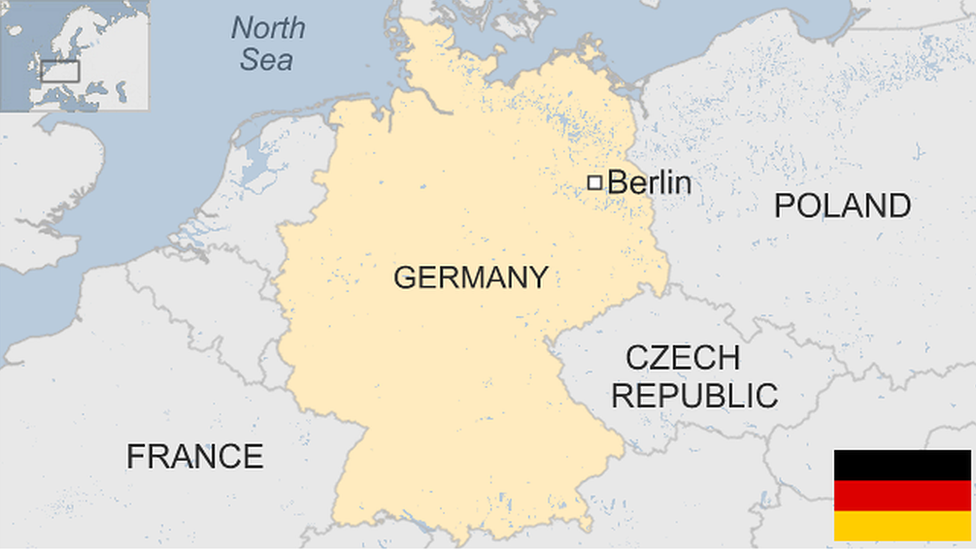
- Published11 December 2023
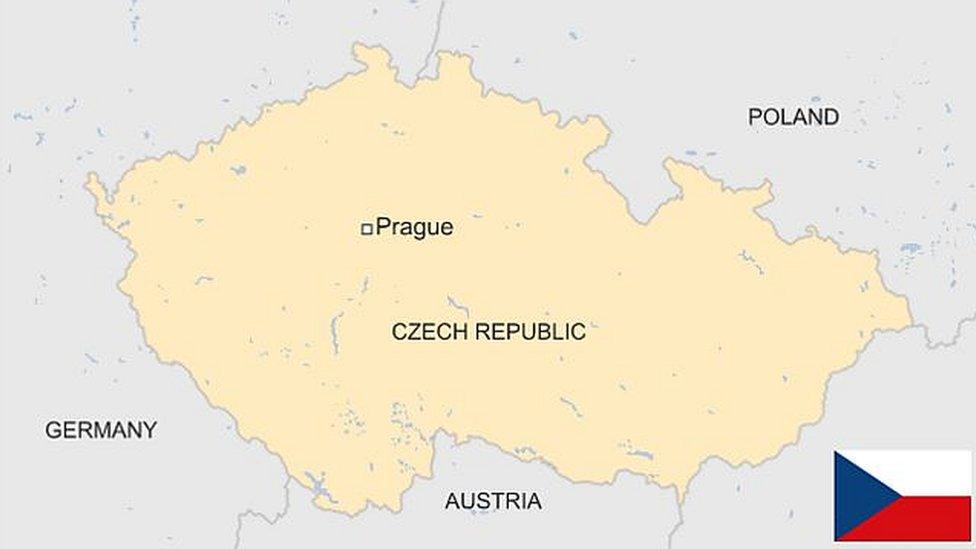
- Published5 June 2024

- Published4 June 2024
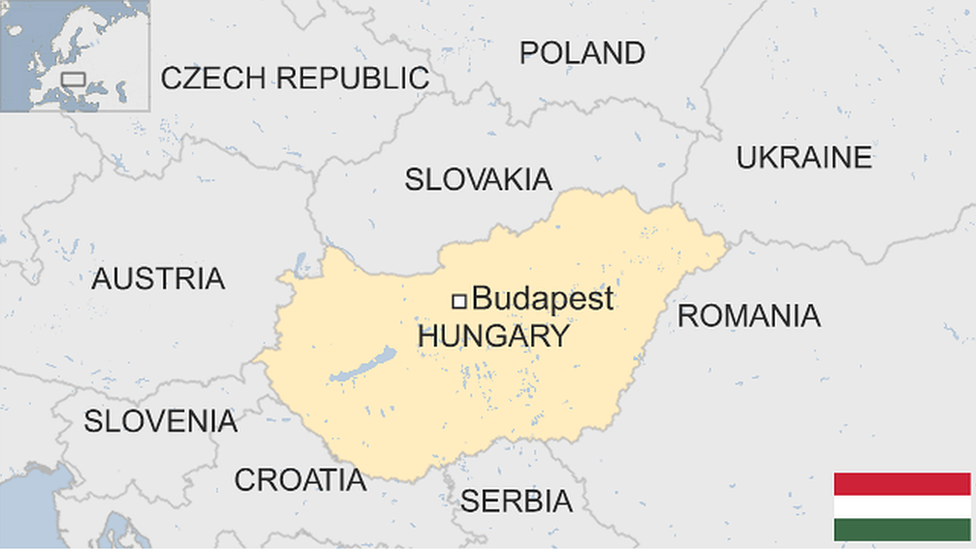
- Published28 June 2023

- Published4 October 2023
